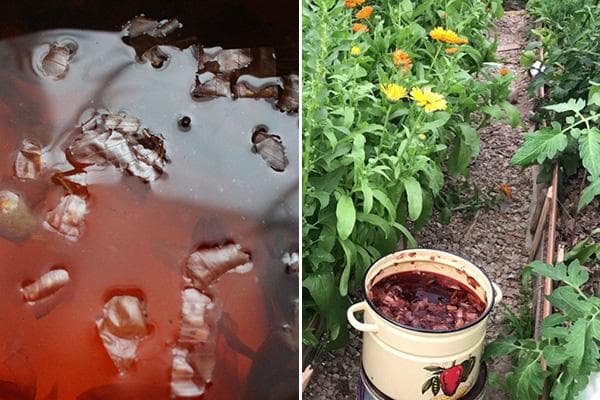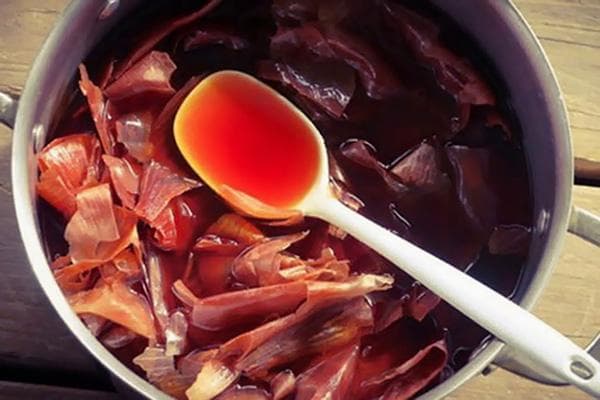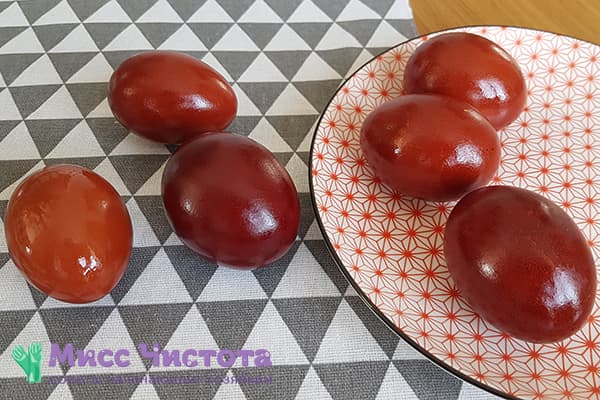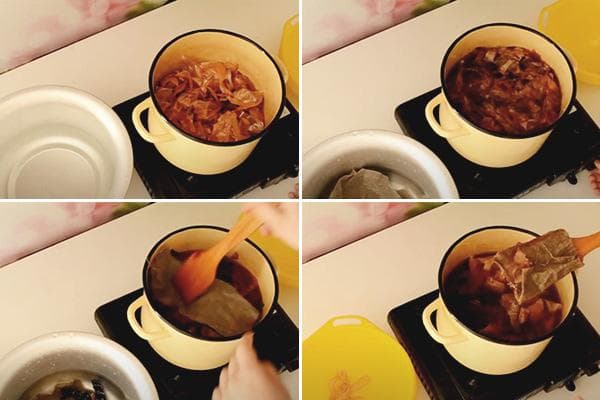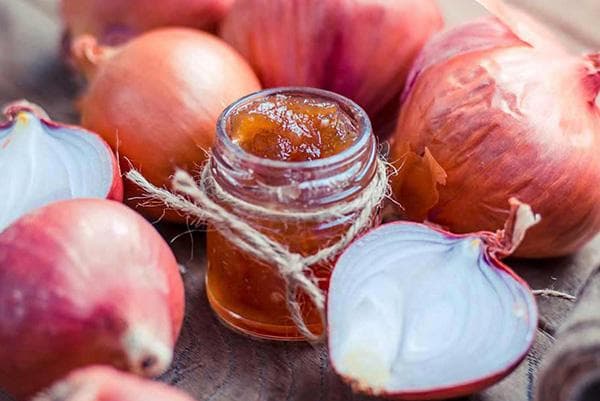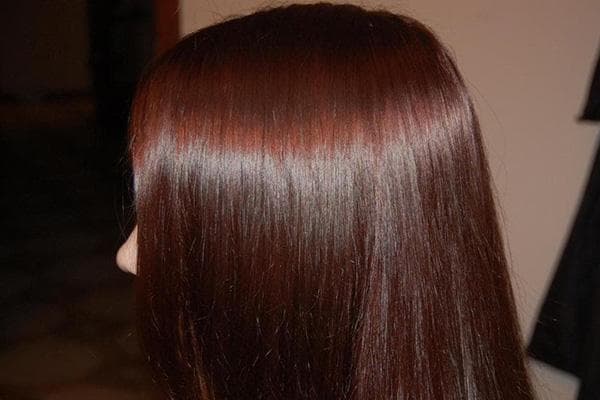Waste-free cooking: 7 options for using onion peels at home
Not every housewife knows how to use onion peels and throws the peelings into the trash with a light heart. But it is in the peel that a huge amount of vitamins and nutrients remain, which the root vegetable is rich in. It turns out there are many ways to use this seemingly useless product. Onion peels are useful in the garden, at home, and for caring for your appearance.
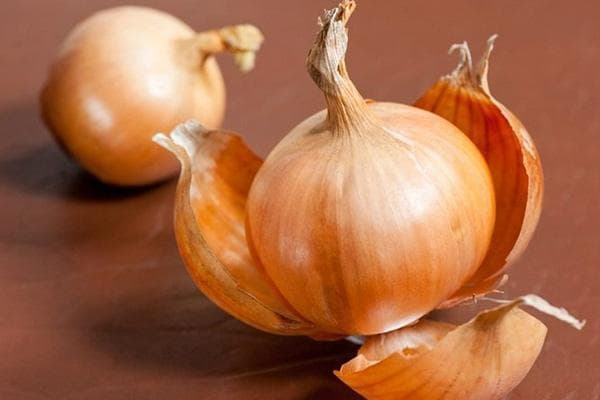
Pest Control
Experienced gardeners use onion peelings to destroy parasites in their garden beds and prevent the appearance of diseases. This effective natural remedy perfectly replaces chemicals, while improving the composition of the soil, enriching it with biologically active substances. Decoctions and infusions from the husk will help get rid of aphids, spider mites, caterpillars, and sawflies on both garden and indoor plants.
Preparing a pest repellent is very simple:
- 0.5 kg of husk is poured into a ten-liter container, filled with cold water and left for a day.
- Before spraying, the resulting infusion is filtered and more water is added, bringing the total volume to 10 liters.
After this, the plants can be treated by spraying the leaves.
To protect plantings from wireworms, dry husks are poured into potato holes and embedded in the soil around carrot and beet beds. Some vegetable growers spill the soil with infusion of the husks before planting tomato seedlings.
Fertilizer
Onion peelings successfully replace chemical fertilizers.Together with other waste, they are suitable for making compost. In addition, before planting, crushed dry onion peels can be mixed with ash and added to the soil.
For feeding vegetables and potted crops, a decoction is well suited, which is prepared as follows:
- pour 2 tbsp into a 5 liter pan. peel and fill with water;
- boil for 5–10 minutes;
- insist for 3 hours;
- cool and filter.
The resulting decoction is used to feed garden and flower crops once a month. Tomatoes especially love this fertilizer.
Only freshly prepared decoctions and infusions have beneficial properties, so before each use you need to prepare a new portion of fertilizer.
Use in everyday life
The scope of application of onion peels is not limited to the vegetable garden - it is widely used in everyday life.
- Cooking.
A decoction of onion peelings improves the taste of soups and broths, saturating them with useful substances and giving them an appetizing golden hue. To prepare the decoction 1 tbsp. l. crushed husks, pour 1 liter of boiling water and cook over low heat for 10–15 minutes, then add to the broth. If you don’t want to prepare a decoction, you can simply put a little peel into a pan of boiling broth, and carefully remove it at the end of cooking.
Brine from the infusion of onion peel is used to prepare lard or boiled pork. To do this, pour 1.5 liters of water into the pan, add 3 tbsp. l. salt, 100 g of onion peel and boil for 7-10 minutes. When the brine turns dark brown, you can add pieces of lard. The weight of each piece is 100–150 g. After 25–30 minutes of cooking over low heat, set the pan aside, allowing it to cool, and then remove the pieces of lard from the brine, wrap them in foil and put them in the freezer.A delicious meat snack is ready.
You can even make a very tasty tea from onion peelings, which is served with honey and lemon. The peels from 5 large onions are poured into a teapot and 0.5 liters of boiling water is poured. After half an hour, the broth will infuse - and it can be used as tea leaves or a healthy cold drink.
- Coloring eggs.
Many housewives Easter eggs are painted with onion skins. Natural dye, unlike the chemicals contained in fashion sets, is absolutely safe. Such an egg can be given to both an adult and a child without fear of harm.
Coloring recipe: fill the pan halfway with husks, fill it to the top with water and boil for 10–15 minutes. After the water has cooled and acquired a dark red color, put a raw egg into the pan, cook for 7 minutes and leave in the broth for another quarter of an hour.
- Dyeing of natural fabrics: cotton, wool, linen.
By nature, natural fabrics have a faded grayish-milky color. To obtain a golden or light brown hue, you can use onion peelings. True, getting an even color requires experience. Fix the shade with vinegar.
- Onion peels are perfect for storing vegetables and fruits.
The bottom of the box is covered with dry peels, fruits are placed on it and onion peelings are also sprinkled on top. Thanks to environmental disinfection, apples and pears are perfectly stored until the next season.
For beauty
The healing properties of onion peels have long been used to care for nails, skin and hair. Ointments and infusions are prepared from it to help strengthen and grow hair, get rid of fungus, warts, and heal wounds and abrasions.
Ointment
To combat skin and fungal infections, an ointment is prepared from onion peels. They do this as follows:
- the dry husk is ground with a wooden pestle;
- mix it with Vaseline or fat in a ratio of 1:3.
The finished medicine is placed in a glass jar with a lid and stored in the refrigerator.
Infusion
Rinse hair with onion peel infusion. It stimulates hair growth, strengthens it, and makes hair thick and voluminous.
To prepare the infusion, take 250 g of dry peel, add 0.5 liters of cool water and infuse for 24 hours. Then the infusion is filtered through cheesecloth or a sieve and added to the water for rinsing.
With a concentrated infusion you can dye your hair, giving it a golden or light brown hue. True, such paint is short-lived and will disappear without a trace in a few days.

In addition, onion peels are used to treat many diseases. It will help cope with cough and runny nose, strengthen the immune system and prevent gum disease, and restore strength after surgery.
Onion peels are a storehouse of vitamins and beneficial microelements. It can be used in the garden and at home, in cooking and cosmetology. When peeling an onion, you should not throw away the peel as unnecessary waste, because it can always be used.
